Best Aquarium Design Software - Top 7 Tools for Pros and Newbies
7 min. read
Updated on
Read our disclosure page to find out how can you help Windows Report sustain the editorial team. Read more
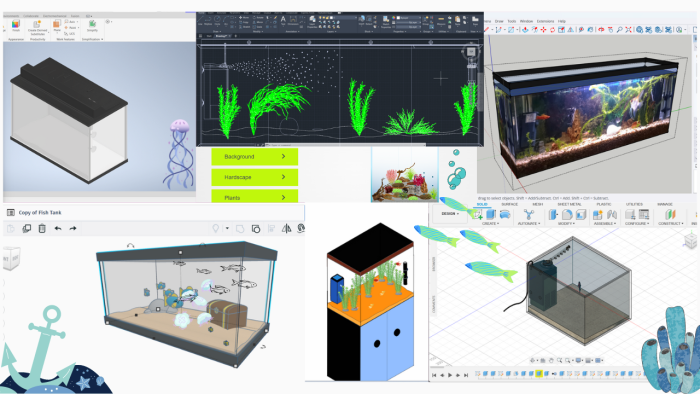
Searching for the best aquarium design software?
These tools would benefit hobbyists, fish stores, and aquascaping professionals who want to create and design a unique and custom aquarium.
After thorough research and testing, I chose the top seven tools to help you design, visualize, and experiment with your layout. You can make detailed plans before you invest in the equipment or aquatic life.
I’ve also added a step-by-step guide you can follow to create an aquarium easily.
So, let’s get started!
7 Best Aquarium Design Software
Check out these fantastic tools:
1. Autodesk Fusion 360 – Pro-grade 3D Modeling and Visuals
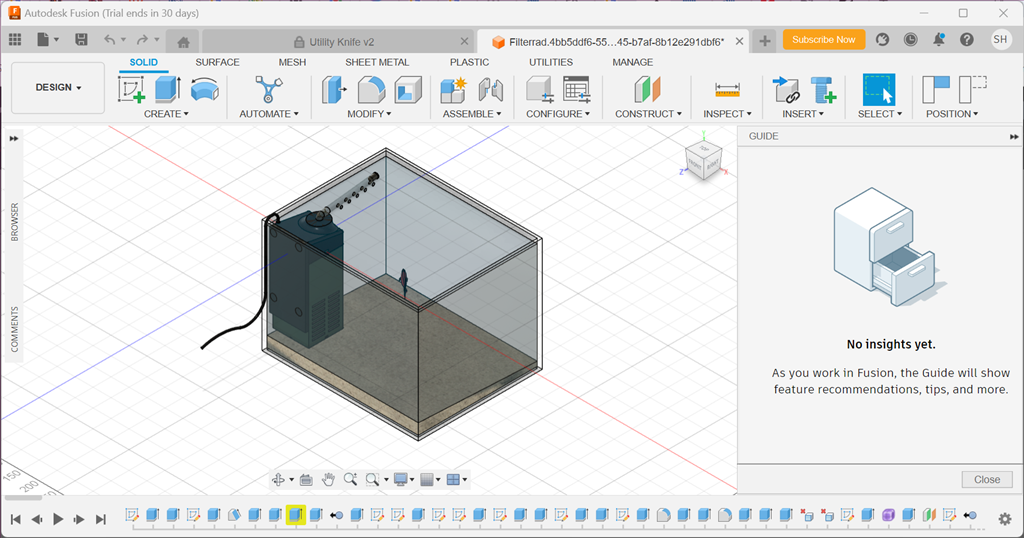
Autodesk Fusion 360 is a well-known cloud-based software used for 3D modeling, FEA, PCB, CAM, and CAD product design and manufacturing. Most design engineers prefer to use this platform to create models of their ideas.
Autodesk Fusion 360 can also convert CAD files to a suitable format for 3D printing. This makes it crucial for organizations that rely on additive manufacturing.
In terms of visualizing 3D concepts, it can help you communicate with stakeholders for faster prototyping.
Furthermore, some of its standout features include:
- Direct Modeling
- Sketching
- Surface Modeling
- Mesh Modeling
- Parametric Modeling
- Rendering
- Freeform Modeling
- PCB Design Integration and Layout
- 2D and 2.5D Machining
- Design to Manufacture
- Meta additive manufacturing
- Fused Filament Fabrication.
You can easily integrate Autodesk Fusion 360 with MeshMixer and repair the faulty 3D designs before printing. Compared to pre-designed mockups in other programs, this software creates photorealistic renderings for marketing and branding visuals.
Pros:
- Ideal for technical design jobs
- Design flexibility
- Offers affordable subscription packages
- Supports the outputs of other drawing programs
- Its History timeline feature is a lifesaver
Cons:
- Sometimes get laggy
- Uses an extensive amount of system memory
- Upload the 3D model to Fusion 360 cloud before viewing it
- Its drawing environment needs improvement
2. AutoCAD – High Precision for Complex Designs
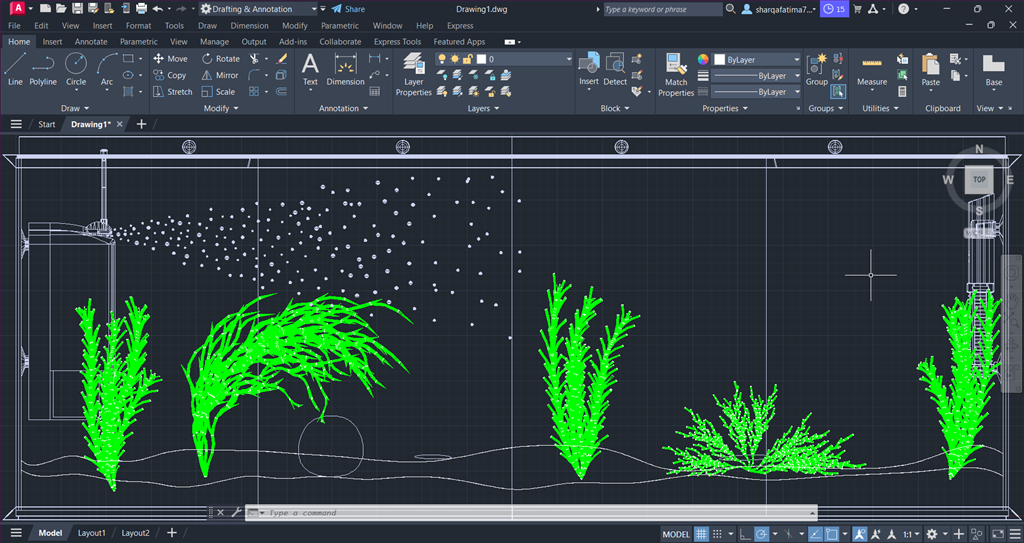
AutoCAD is another popular computer-aided design product developed by Autodesk. This software contains a comprehensive set of tools mainly used to create, edit, and document 2D and 3D designs.
Moreover, it helps engineers and designers to produce detailed and precise models, schematics, and drawings.
Some of its basic features include dimensioning, layer management, annotations, and editing and drawing tools.
Furthermore, you can automate repetitive tasks and custom routines using AutoLISP. This feature also enhances the overall efficiency of AutoCAD.
Pros:
- Precision in 2D and 3D modeling
- Offers extensive customization options
- Provides a comprehensive toolset for drafting and design
- Easily uploads the designed data file
- Integrates with third-party applications
Cons:
- A steeper learning curve for beginners
- Resource intensive
- Complex and overwhelming interface
3. Autodesk Inventor – Detailed Equipment Creation

Unlike other 3D systems, Autodesk Inventor is a feature-based parametric system that can create 3D parts, 2D drawings, and assemblies. In addition, it helps you construct your required model and visualize it before building the products.
Its parametric modeling is object-driven and a bit different from AutoCAD modeling. To be more specific, Autodesk Inventor controls everything by either dimensions, parameters, or relationships.
For example, to move a hole position within a block, you have to change the dimension or its relevant relation in a parametric system.
Some of the other key features of Autodesk Inventor are:
- Assembly modeling
- Drawing creation
- Shared view collaboration
- BIM Interoperability
- Work with non-native data
- Automated frame design
- Model-based definition
- Design configurations.
Pros:
- Offers an extensive set of features for mechanical design and engineering
- Easily integrates with other Autodesk products
- Contains built-in simulation and analysis tools for validating designs
Cons:
- Newbies may find its interface complex
4. Sketchup – Easy 3D Modeling With Extensive Library
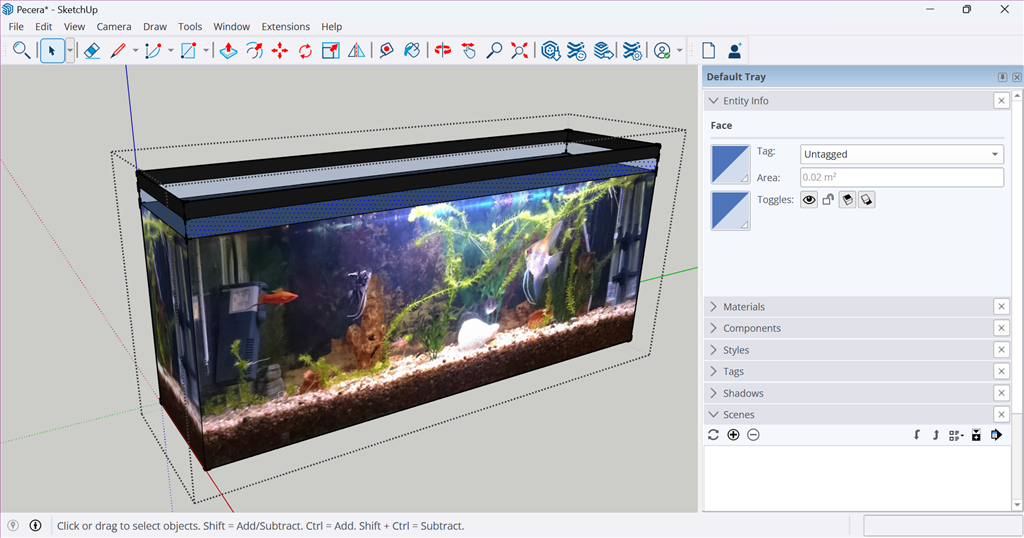
Sketchup is a versatile 3D design and modeling software suitable for various industries, such as interior design, architecture, construction, engineering, and 3D printing. This tool allows you to create, modify, and visualize 3D models with real-time interactivity.
Additionally, Sketchup is based on parametric modeling. That means you can create objects that change and adapt with respect to pre-defined rules.
This tool also includes surface rendering and drawing layout functionality. Moreover, Sketchup supports third-party plug-ins from its Warehouse.
Pros:
- User-friendly interface
- Provides an extensive online repository of 3D models and components
- Large and active community
- Offers a free web-based version
- Support various rendering plugins
Cons:
- Contains limited advanced features
- Its free version has export limitations for certain file formats
- Performance issues with large models
- Not ideal for animation
5. Tinkercad – Simple Web-based Layout
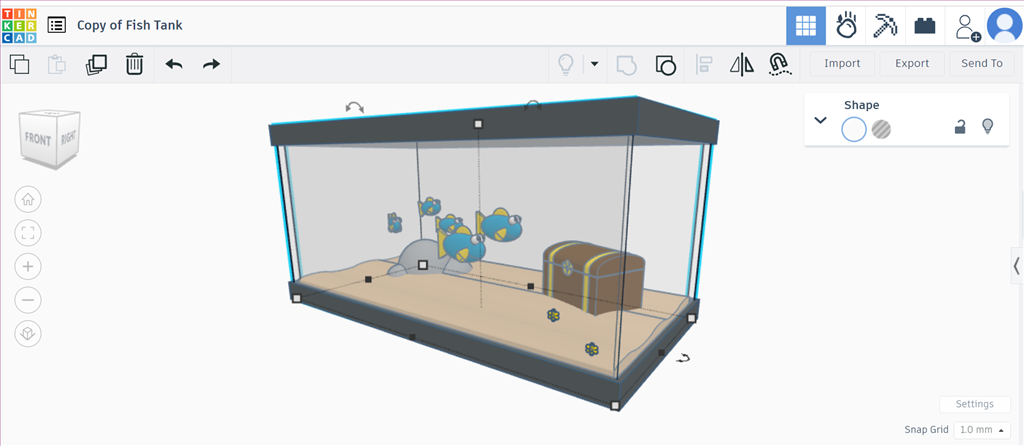
Tinkercad was developed with the aim of creating and designing an accessible 3D design tool. It has an extensive set of shapes divided into 11 categories. Moreover, it allows you to modify the added shapes.
You can also import a 3D model you found online in OBJ, STL, or SVG format. Additionally, you can share your created cricut projects or 3D models with others through popular 3D printing websites, such as Cults, MyMiniFactory, and Thingiverse.
Unlike other Autodesk products, Tinkercad doesn’t require high-end hardware or memory. All you need is a stable internet connection and a browser.
Pros:
- Easy-to-use interface
- Can quickly make movable parts
- Offers pre-defined 3D shapes
- Export to SVG and other methods
- Allows you to share your designs
Cons:
- Limited to 3D modeling-related programming
6. SCAPE IT – Beginner-friendly Aquascaping Editor
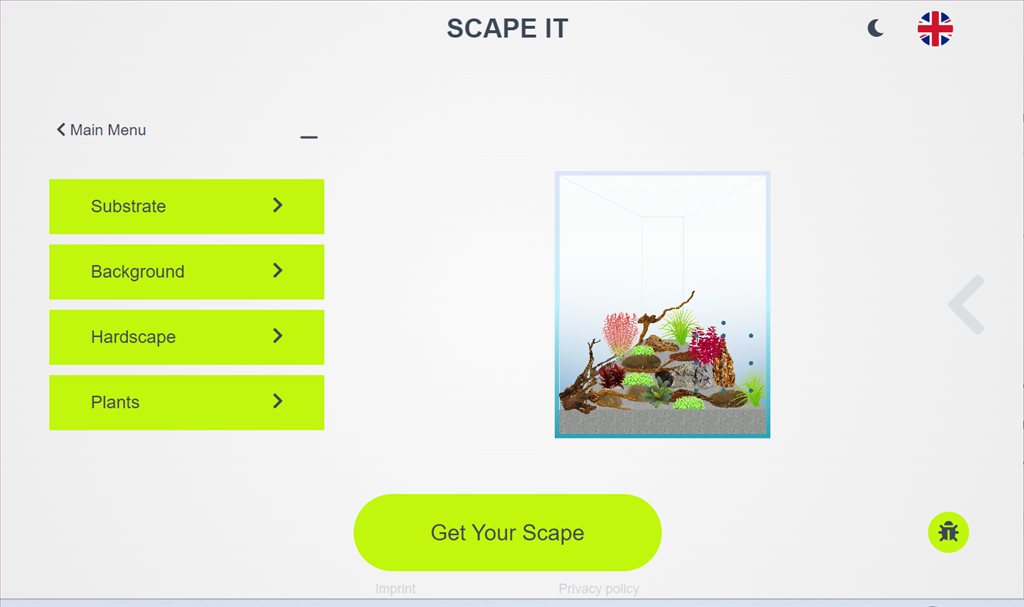
SCAPE IT is an online aquascaping editor that lets you define a layout for your aquarium. This web app provides all the critical information you might need, too. For instance, the necessary mass of plants or the amount of light you need.
Moreover, SCAPE IT is based on these four main features:
- Substrate: Refers to the bottom layer or ground where plants will root.
- Background: Acts as a backdrop for your aquarium design.
- Hardscape: Refers to the non-living, structural elements you’ll place in the aquarium.
- Plants: Contains various plants that help to design the aquaspace.
To be more specific, it provides an easy way of aquascaping for beginners. This web app works pretty well in all modern browsers, mobile devices, and on your desktop.
Pros:
- Easy to use, especially for beginners
- Contains pre-built elements to design an aquarium
- Provides details related to must-have elements
- Supports both pre-defined and custom tank sizes
- Separately organizes the aquarium into different categories
- Allows you to order the end product through its partners
Cons:
- SCAPE IT partners support limited regions
7. MyAquariumBuilder – Plan, Visualize, Shop (All in One Place)

MyAquariumBuilder is a platform designed for aquarium hobbyists to help them plan, create, and share their aquariums with others. It offers 3000+ products and also provides the option to compare items.
Specifically, MyAquariumBuilder supports the following equipment:
- Tanks (includes lights and filters)
- Stands
- Heaters
- Hoods
- Livestock of Fish, Invertebrates
- Decorations: Substrate, Plants
- Accessories
- CO2
- Thermometers
- Nets
- Food
- Algae Cleaners
- Pumps
- Siphones
- Additives.
When you select any of the above equipment, MyAquariumBuilder adds it to the onscreen aquarium prototype to check the overall look and functionality. Moreover, this web app also integrates with Amazon to add these items directly to the cart.
Pros:
- Plan everything, from tank to fish, in one place
- You can easily create an onscreen prototype of your dream aquarium
- Offers extensive library with over 3000 products
- Amazon integration makes it easy to find and buy the selected equipment
Cons:
- Might not offer the level of detail or design flexibility compared to dedicated design software
- Focuses more on equipment selection or products
How To Use the Best Aquarium Design Software?
I’ll demonstrate the process with the SCAPE IT web app. Follow these steps:
1. First, navigate to the SCAPE IT website and click on the Create new layout button.
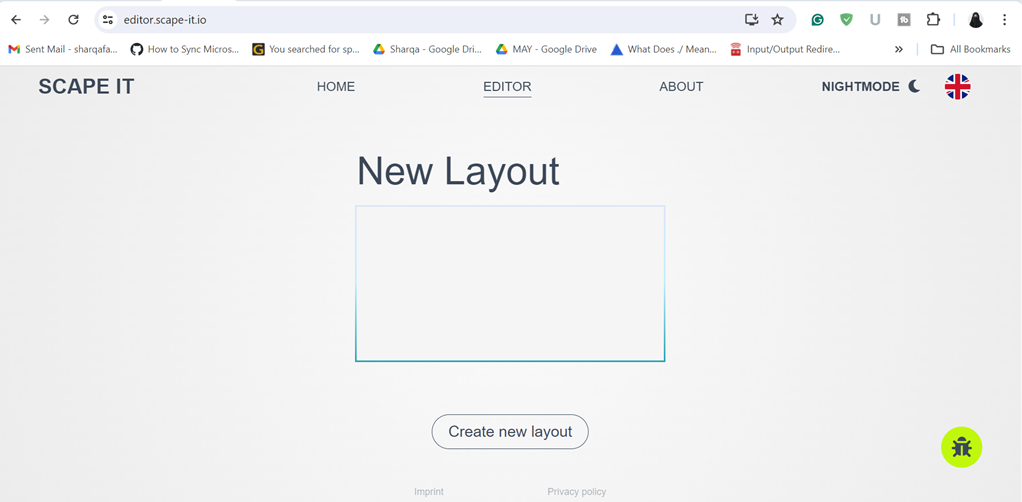
2. Define the Width, Depth, and Height of your layout.
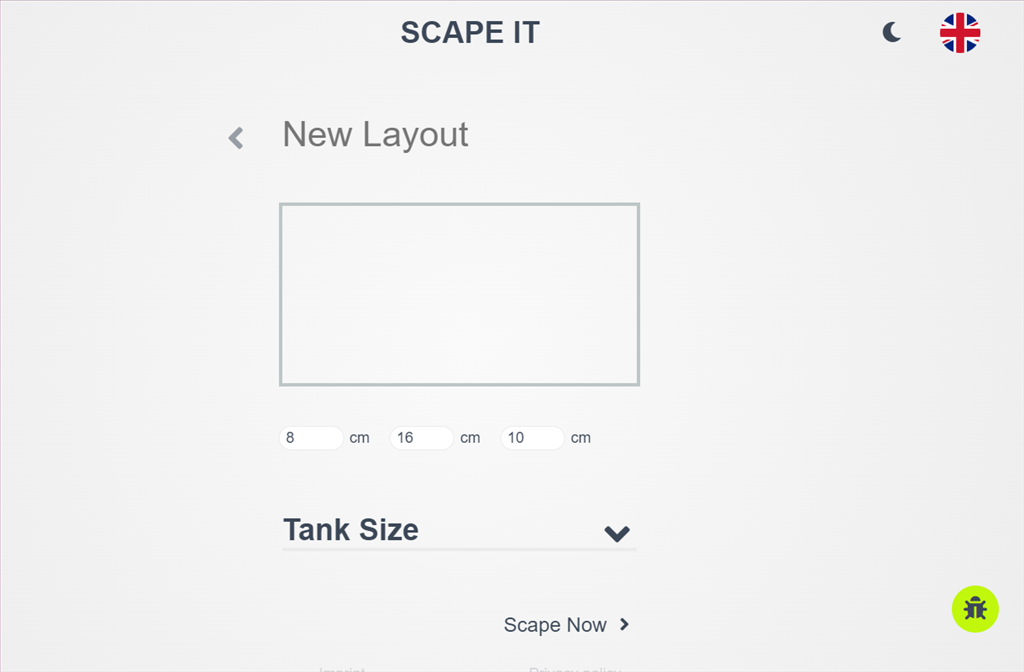
3. Set the Background and adjust the layout Substrate.

4. Click to add the required stones.
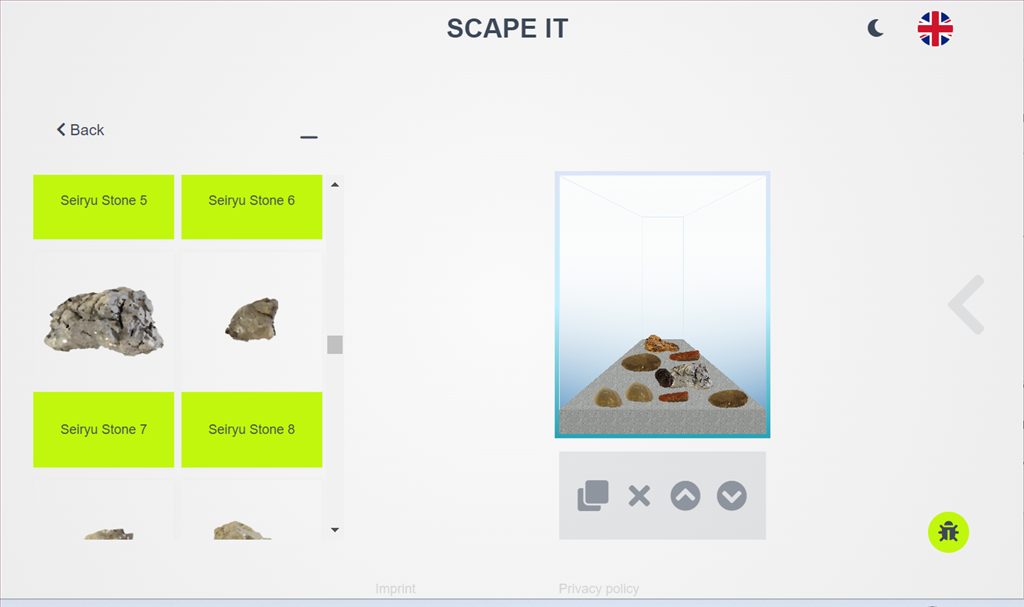
6. Add desired woods.
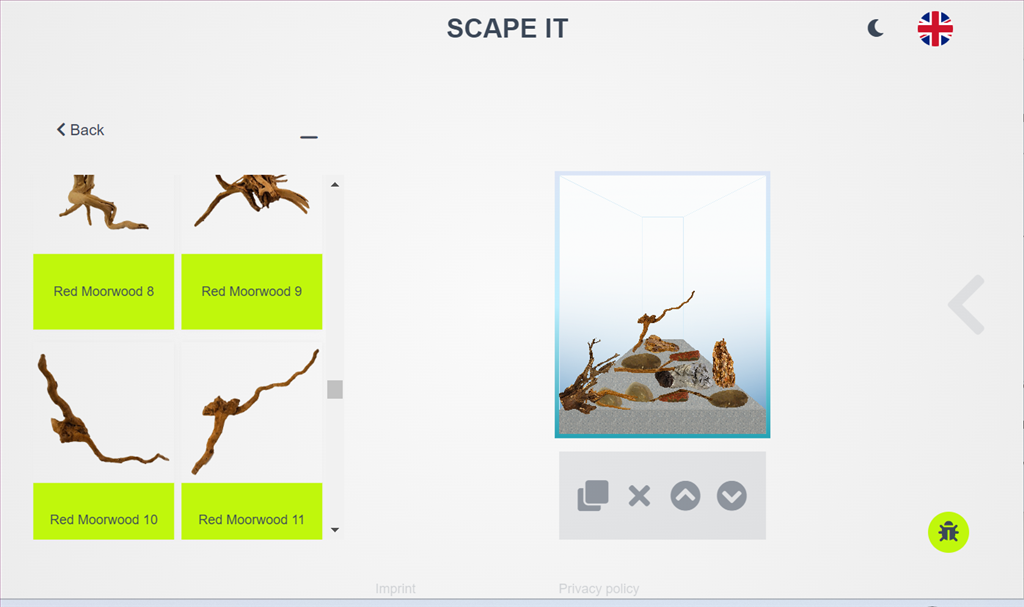
7. Select and add plants.
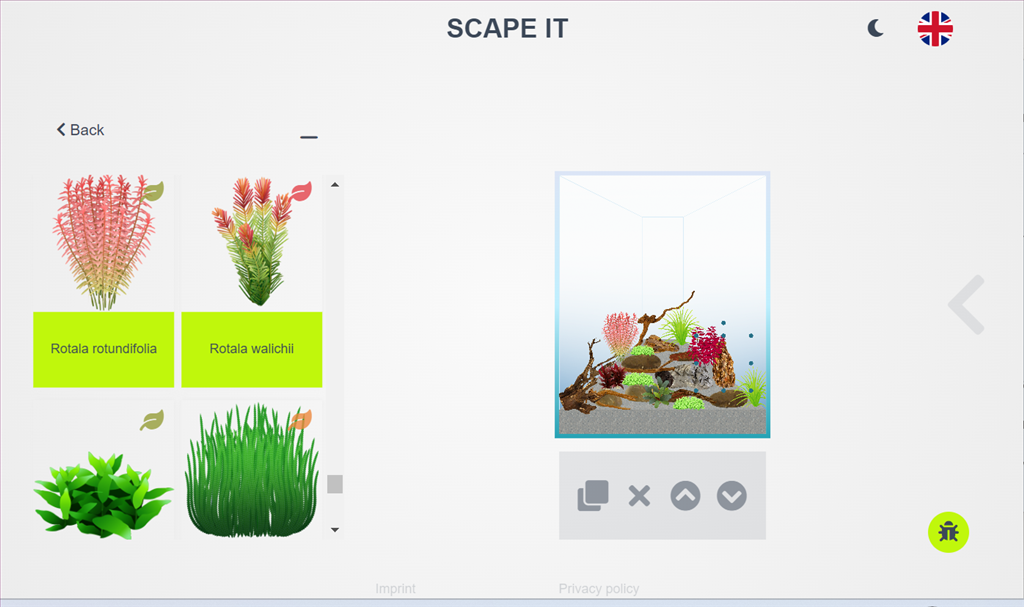
View the final look of the aquarium.

How I Chose the Best Aquarium Design Software?
During testing, I prioritized the following points to choose the above tools:
- Ease of use for beginners
- A mix of 3D modeling software for detailed design and web-based apps for more accessible options
- Cross-platform compatibility
- Sharing and collaboration features.
So now you’ve all the crucial info related to the best aquarium design software. Feel free to let me know which one you liked the most in the comments below!





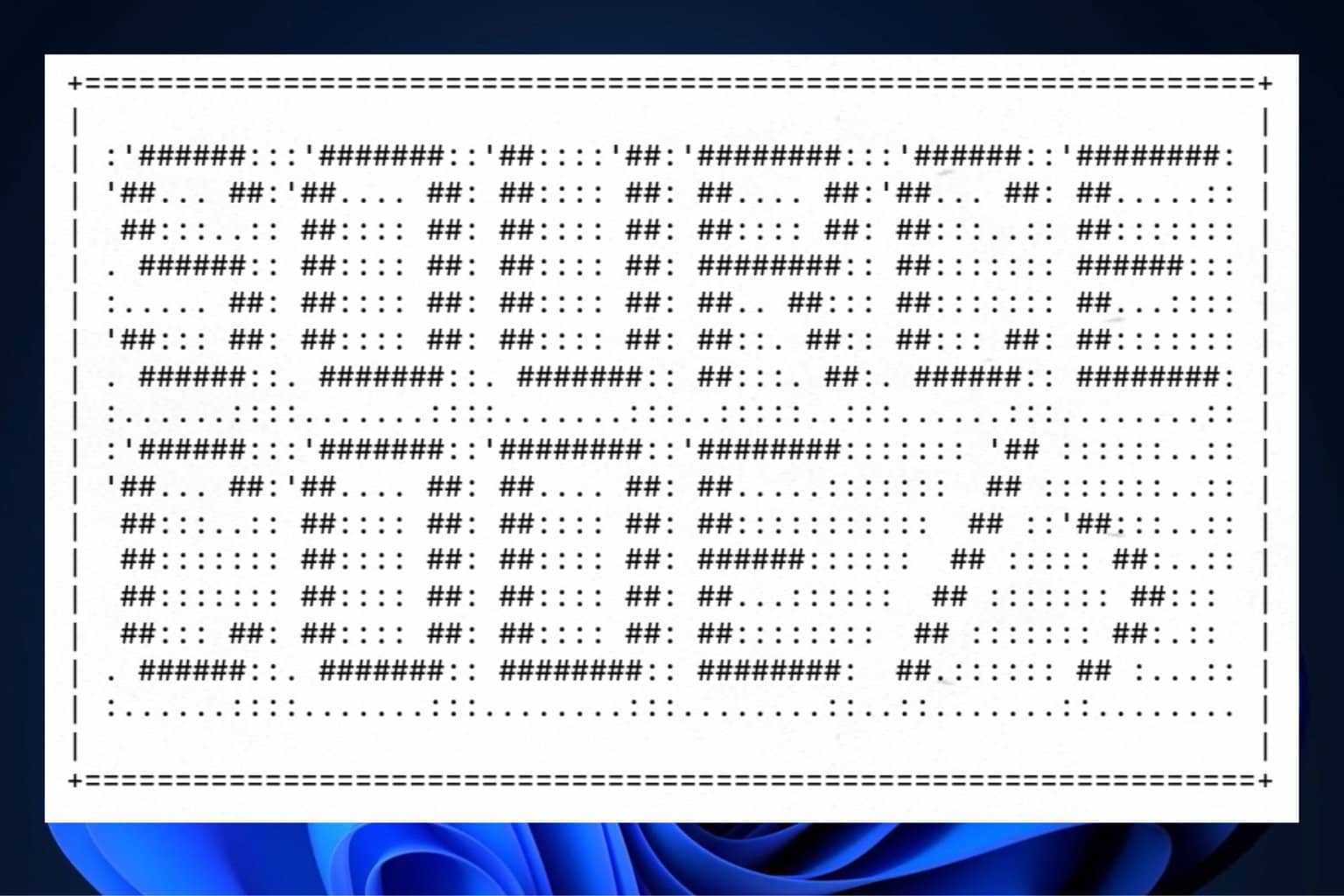

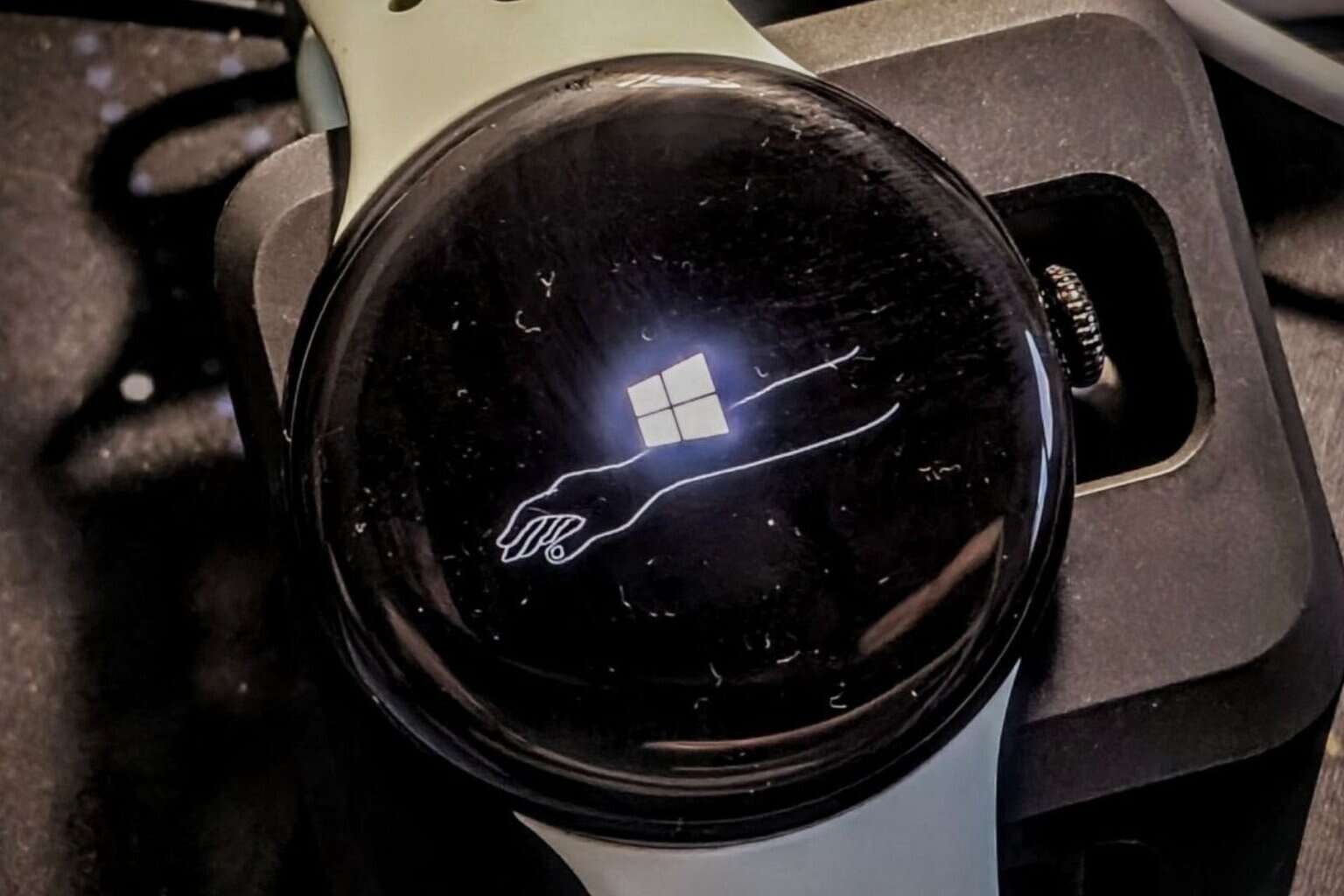

User forum
0 messages